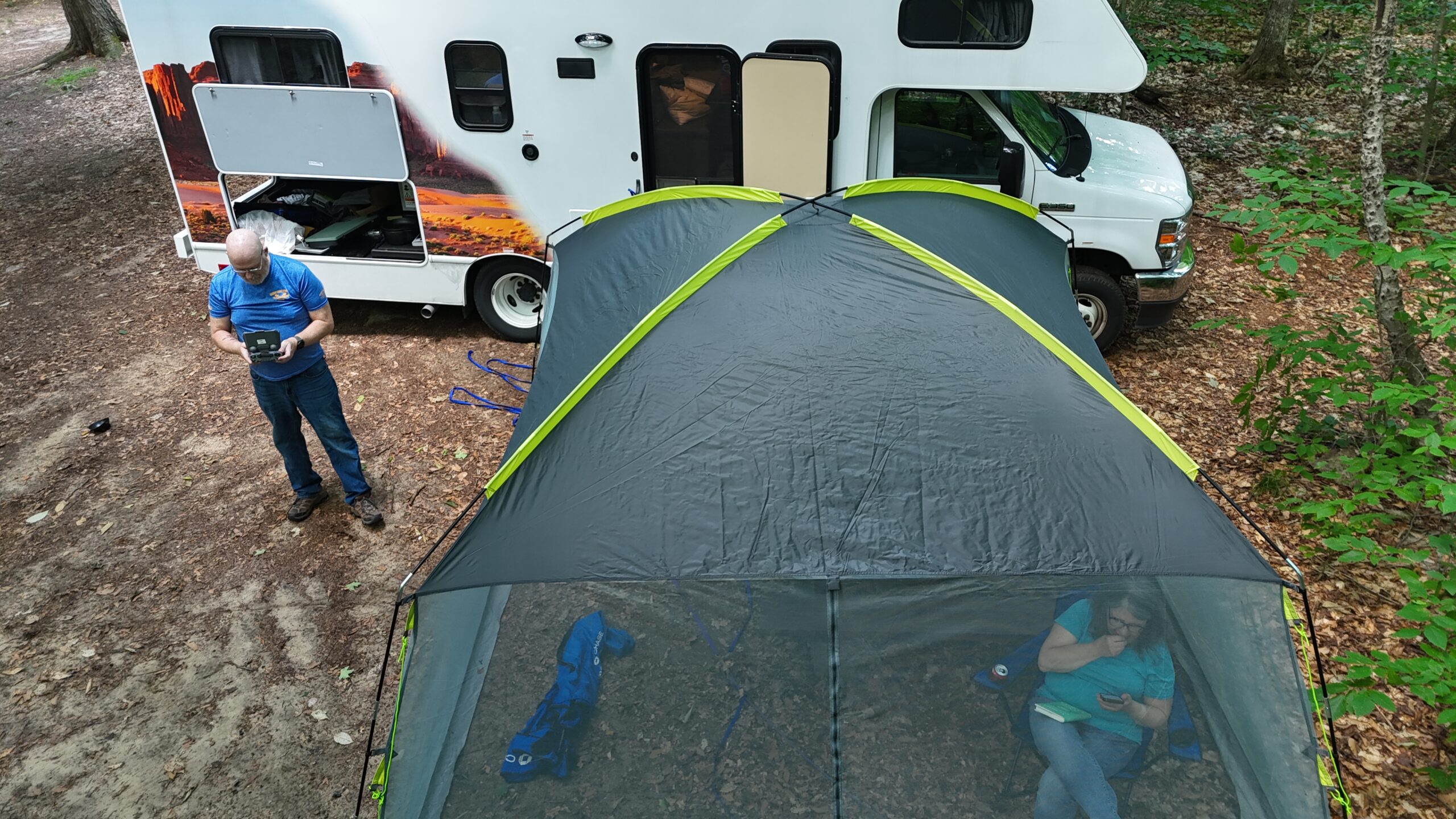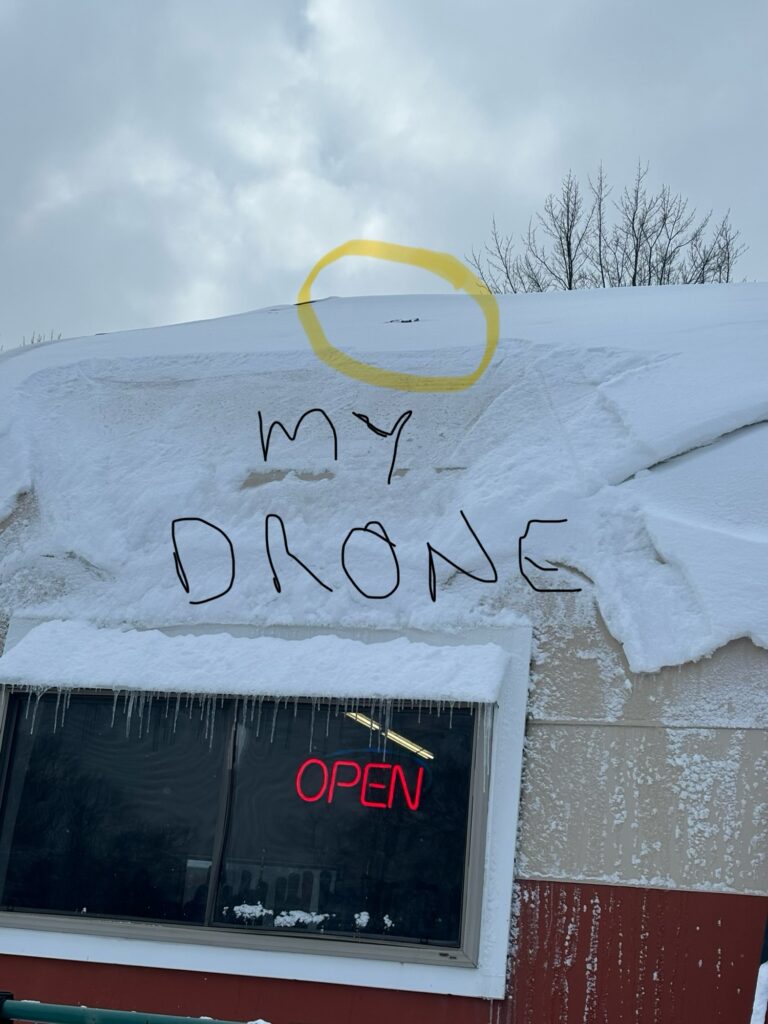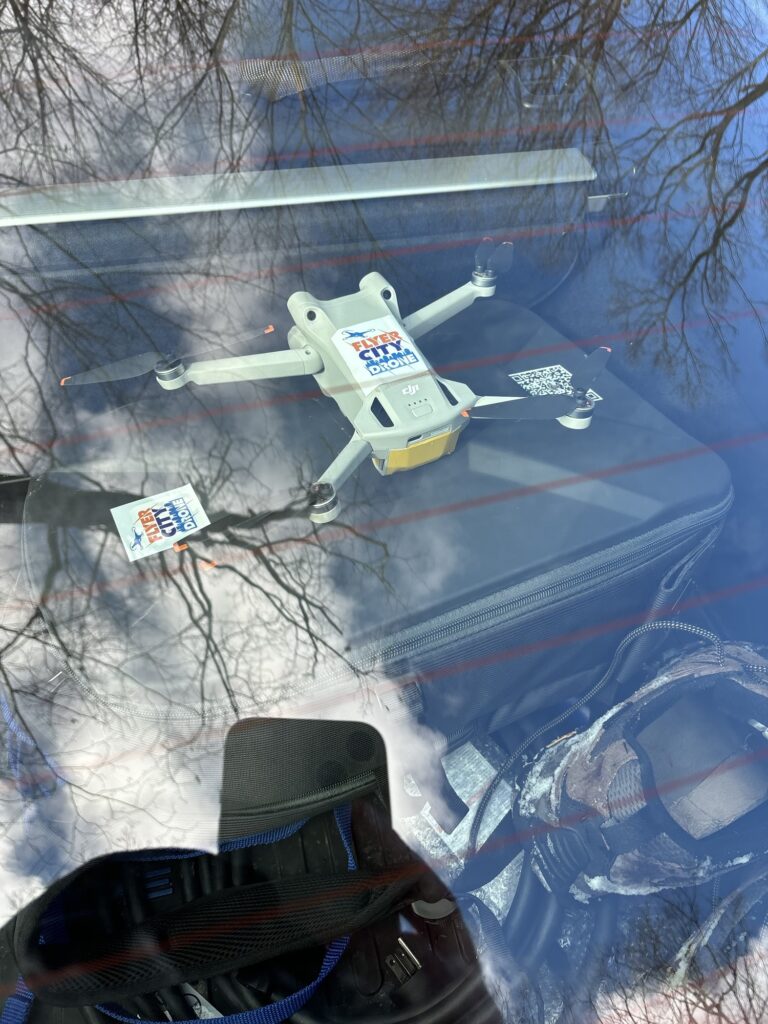So three winters ago, I decided to see if I could possibly get back into cross country skiing without buggering my knees up too much. For most of that first winter, I skied at Cumming Nature Center, which is about the nearest place that had rental equipment. I had just come off a really great year of kayak racing, except for the hip pain that was making it increasingly untenable to keep paddling, and I pretty much did no paddling after August except for the Long Lake and Seneca Monster races.
So I was still pretty fit when I took up skiing, and I really enjoyed skiing around Cumming which had a great network of trails and a variety of conditions. Also their rental equipment was pretty great. The only drawback was the driving distance. I usually arrived at Cumming just as the sitting pain was becoming unbearable. On the way home I’d have to stop at least once and walk around and stretch a bit to alleviate the hip pain.
After four or five times renting, I decided to buy some equipment, a mixture of stuff bought on-line and my friend Dan’s old skis. Dan introduced me to something called “Start Tape”, that was like a 1-wax system that you applied like a tape to the wax zone of your skis. I don’t know if it’s because the wax pockets are so much better engineered that when i was skiing in the 70s and 80s or just that my expectations were lower, but I’ve continued to use the Start Tape.
Buying also meant I could ski closer to home at Durand-Eastman park, which had a mixture of groomed trails and skied in trails, and wasn’t a bad place to ski as long as the weather held. I still went back to Cumming and a few times to Bristol when snow was scarce on the ground because Bristol makes snow. It’s only a 1km or so loop, but it’s consistent snow when everybody else is ice and puddles. And when the snow is good, they have an additional loop that’s about 1.8km.
Only drawback of Bristol is that most of their customer base appears to be skate skiers, so they’re not very consistent about putting in grooves. Due to the knee problems that caused me to quit skiing the first time in the 1980s, I don’t do skate skiing any more, and I really want those grooves.
By the end of that first winter, I was tolerating the length of the drive better, and I was skiing as much as 9 or 10 kilometers at a time. A far cry from when I was training for the Canadian Ski Marathon and loppers, but I sure remembered why back when I was doing everything (skiing, orienteering, backpacking, canoeing, etc), cross country skiing was my favourite. If you don’t believe me, look at my domain name, xcski.com.
Second winter came along, and this time I did almost no paddling during the summer because of the hip pain problems. And it turned out to be a complete wipe-out for snow – the only place I skied was at Bristol, around and around that 1km loop. I think I made it up to 7 or 8 kilometers at a time. The driving wasn’t bothering me as much, and I’d often go 3 times a week. Still felt great to ski. I often felt like I was slower than the slowest skate skier, but faster than the fastest other classic skier. I took my drone a few times to get footage of myself skiing using “Follow Me” mode which was pretty cool.
It’s now the third winter. I did get out a very few times in the kayak this summer, but only for an hour or so each time. But the fitness is way, way worse this year. Most of the skiing has been at Bristol, because we haven’t had much good snow. Cumming hasn’t opened for more than a day here or there, but not fully groomed, and I managed Durand once before it all melted away. And I’m slow, just horribly horribly slow. I get one decent loop which takes about 1.5 times as long as it took me two years ago, and then the rest of it is ski for a bit, catch my breath for a bit. I’m up to 3 loops and a bit of this out and back trail called Halle-Bopp. Maybe 4 kilometers total. It’s sad. But if the winter lasts a bit longer, maybe I can add another loop or two by the end.
Except I’ve got a problem. I feel like I shouldn’t even write about this in public, because people are going to tell me to stop skiing. The problem is that my knees are acting up. My right knee especially. For a day or so after I ski, I get a terrible stabbing pain when walking up and down stairs, and sometimes even when walking on the flat. I’ve been grinning and bearing it mostly because I don’t want to give up skiing, but I’m extremely concerned.




